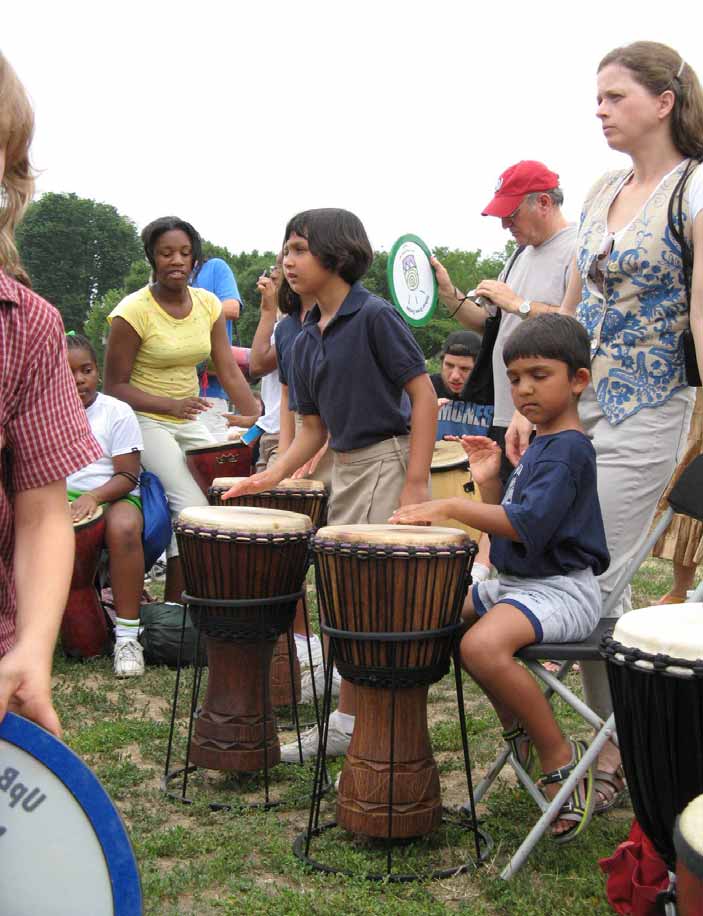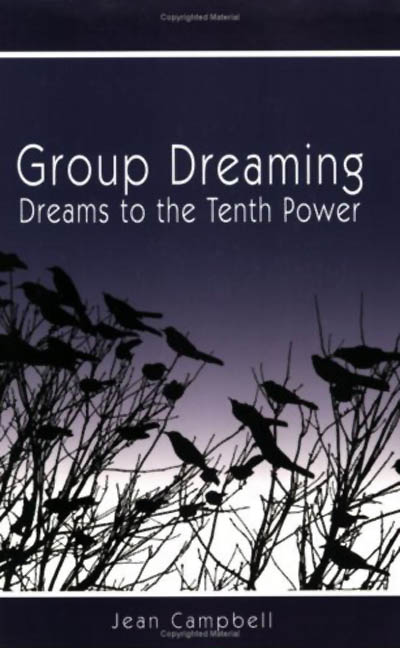Poseidia Institute was incorporated in 1973 as a Virginia nonprofit organization designed to research and disseminate information on the subject of parapsychology.
Why would the director of a parapsychology research organization be interested in studying dreams? This question makes sense to the person who thinks of parapsychology research as an effort to prove the existence of ESP or extra-sensory phenomena; and, admittedly, most of the respected parapsychology research in America has been conducted along these lines.
However, from its inception, Poseidia Institute began with a different premise - that is we believed that enough research had been conducted to prove to our satisfaction the existence of so-called psychic phenomena, and that the direction of research should be into the possible applications of these phenomena. In many branches of science "applied" study has resulted in considerable growth in understanding.
So we began with a few psychics (or people with demonstrated ESP ability) to determine what seemed to be possible and what methods seemed to achieve the best results. Before long however, by 1976 at the latest, we realized that psychics at Poseidia Institute in particular (as well as psychics in general) were presenting us with a unique theory of how the universe is constructed, and that in order to carry on further meaningful research it would be necessary to accept this theory at least as a working hypothesis. What was the theory? It was this: That consciousness, as distinct from the physical body (brain, mind, etc.), creates what is perceived as reality; that all things have consciousness; and that "reality" might be seen as one vast creative effort occurring in the present moment rather than (as is generally perceived) in linear time/space.
One of the implications of this theory was that, rather than viewing "physical reality" or "waking consciousness" as "real" or "valid" and other, altered states of consciousness as "less real" or "less valid," it might be possible to view states of consciousness (with the discrete components we sometimes label as waking state, hypnogogic state, daydream, dream state, trance, etc.) as a spectrum of creative effort, all being equally valid, real and useful. Obviously, there are myriad other implications which cannot be discussed in an article of this length, but you'll recall that the original question was why would a parapsychologist be interested in dreams.
The answer is that if all states of consciousness are equally real or valid, then dreams (since the majority of people admit to having them) might become the meeting ground for the human race between the possible and the impossible. That is, most people seem to feel it impossible (at least for themselves on any regular basis) to "be psychic", achieve a trance state, or produce ESP; yet these same people will admit to dreaming and remembering their dreams on a regular basis.
My first serious consideration of this idea came in Virginia Beach after I had been experimenting personally with lucid dreaming for over a year. In a conversation with dream researcher Ann Faraday, she said that she felt it was difficult to achieve the lucid state (although she was really talking about lucidity with a one-to-one correlation with physical reality--ie., not only being aware of dreaming while the dream is in progress, but being at a specifically prearranged "physical location" at a specific "time") and that most people could not do it. I started wondering.
During the course of a 1976 "Dream Helper Project", a research project sponsored jointly by Poseidia and the Association for Research and Enlightenment (A.R.E.) (described in my book Dreams Beyond Dreaming, Donning Co., 1980), it occurred to me that if one were to take a group of people, say at various skill levels in dreaming, and ask them to perform certain tasks in the dream state over a period of six months, it tight be possible to learn a great deal about the state of consciousness called dreaming as well as "psychic phenomena". This was the beginning of Poseidia's Dreams10 (or Dreams to the Tenth Power) research project, which has been going on intermittently over the past three years.
The goal of the project was to determine whether people could dream on command (which many seemed able to do), to investigate the ratio of lucid to non-lucid dreams in this process, and to explore the symbolic content of the reality creation. Obviously there were some other factors involved here which are generally considered to be psychic, like telepathy and precognition; that is, in order to dream together, a group is employing elements of what is generally considered telepathy, and frequently elements of precognition showed up in the dreams as well.
This first six-month project of Dreams10 was conducted with staff members and other people closely associated with Poseidia, mostly to see if the theory would work or what might happen if people (some of whom had never met and were located up to 500 miles from each other) tried to dream together. Not only did the experiment work and achieve some of the expected results; but, maybe more importantly - it was fun. What we discovered was that other staff members began to dream along, or show up in the project participants' dreams and vice versa. Dreaming together became the subject of more than just the experiment as people began to use their dreams as a way of working together or exploring their feelings toward one another. Elements of this dream research were incorporated in the dream classes regularly taught at the Institute, in part as a means of exploring how easy or how difficult it was for people to achieve this particular "altered, but equally valid and real" state of consciousness.
Finally in 1982 we decided to take the ultimate step with Dreams10 and select (from over 200 applicants from all over the country) two teams of ten people who were complete strangers to one another, and who had no particular education in either dreaming or parapsychology. The task was simply to see if they could "dream together" over a three-month period. The results of this experiment, which are still being analyzed, were surprising even to us. There's no doubt these people were able to dream on request some fair part of the time, and while they were at it, perform some interesting "psychic" feats. For example, the night Team II went to Cindy's wedding, while Cindy, who thought she hadn't met the goal because she was tired and already knew about her wedding, dreamed she "went to the beach with a group of people". Cindy didn't know the beach was the goal for Team I that same night.
Certainly there are research implications of this material which is why, as a parapsychologist, I am interested in studying dreams along with other states of consciousness. But to me the more important thing, and the reason that I enjoy the approach taken by the Dream Network Bulletin, is the application of the research, or the immediate usefulness of the research for myself and other people. Wouldn't you like to try dreaming together with a group of friends? I personally am interested in the potential counseling applications of group dreaming where, for example, a therapist might work with a family by asking them to dream together between counseling sessions. In my opinion we have barely begun to explore the possibilities of consciousness, either in dreaming or "beyond dreaming". Perhaps if we were willing to accept, even as a working hypothesis, the theory presented by psychics that one state of consciousness is as real or as valid as another, it would help us all to alleviate the problems caused by drawing rigid lines between possible and impossible, real and "just my imagination".








